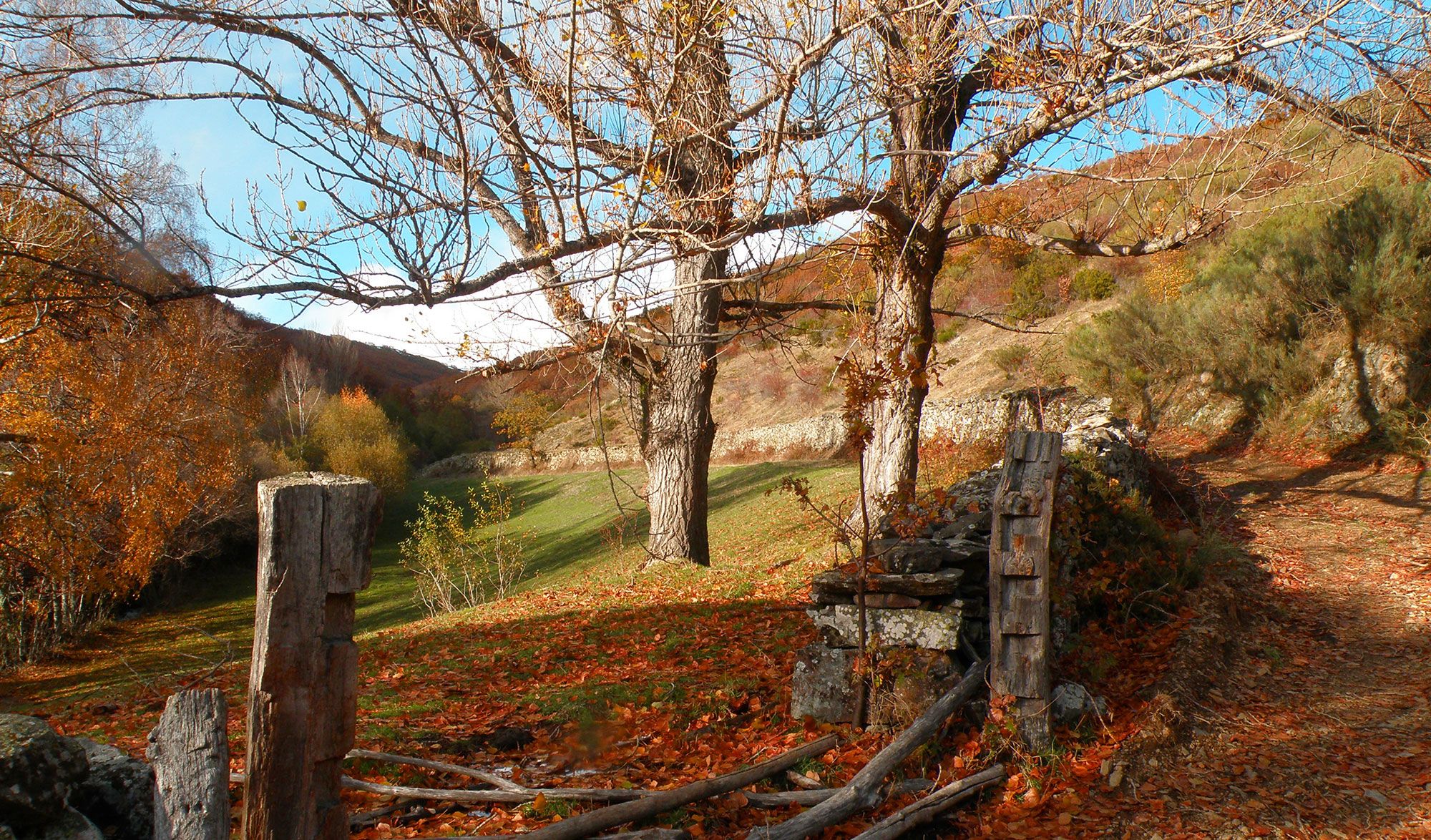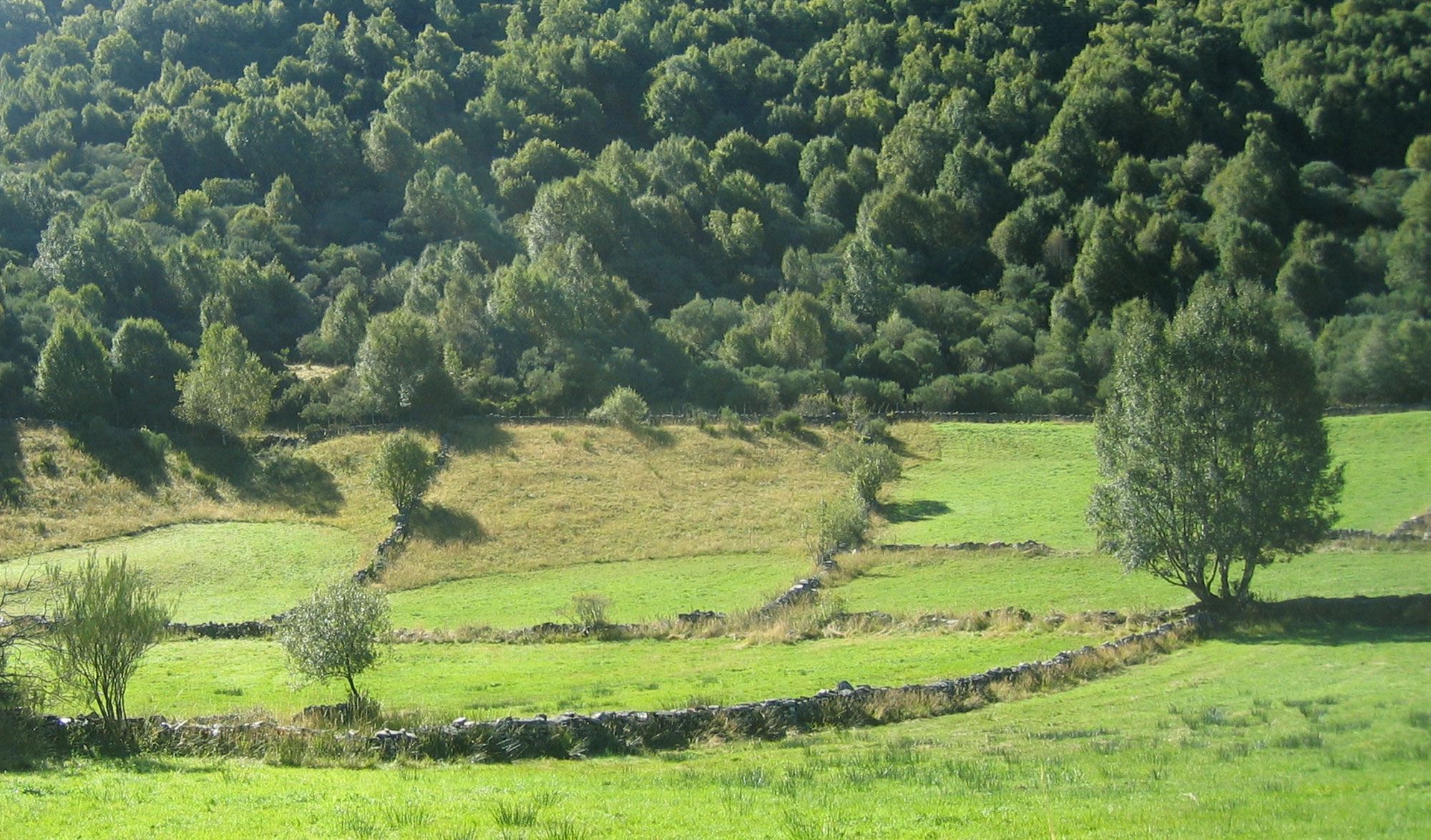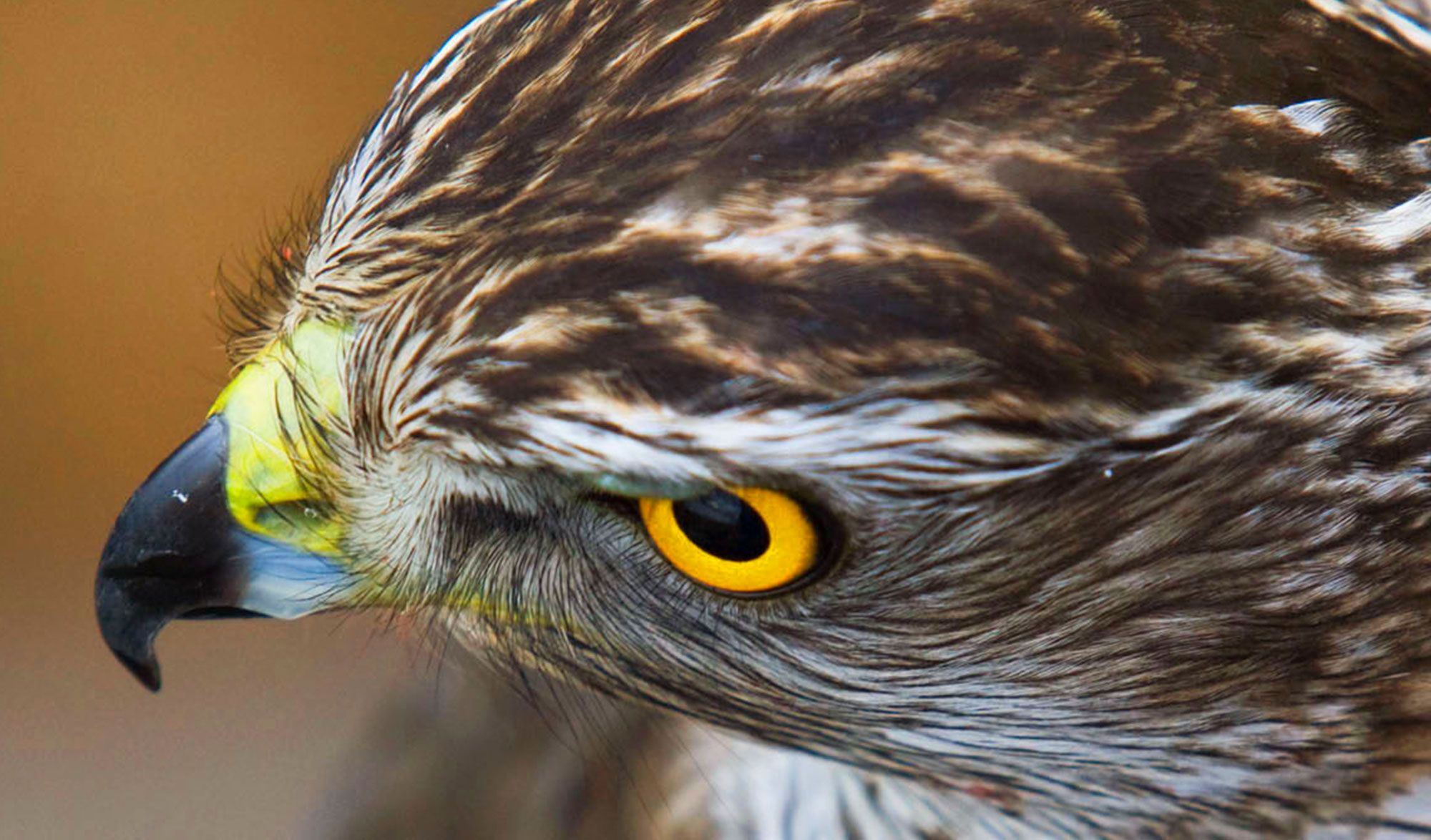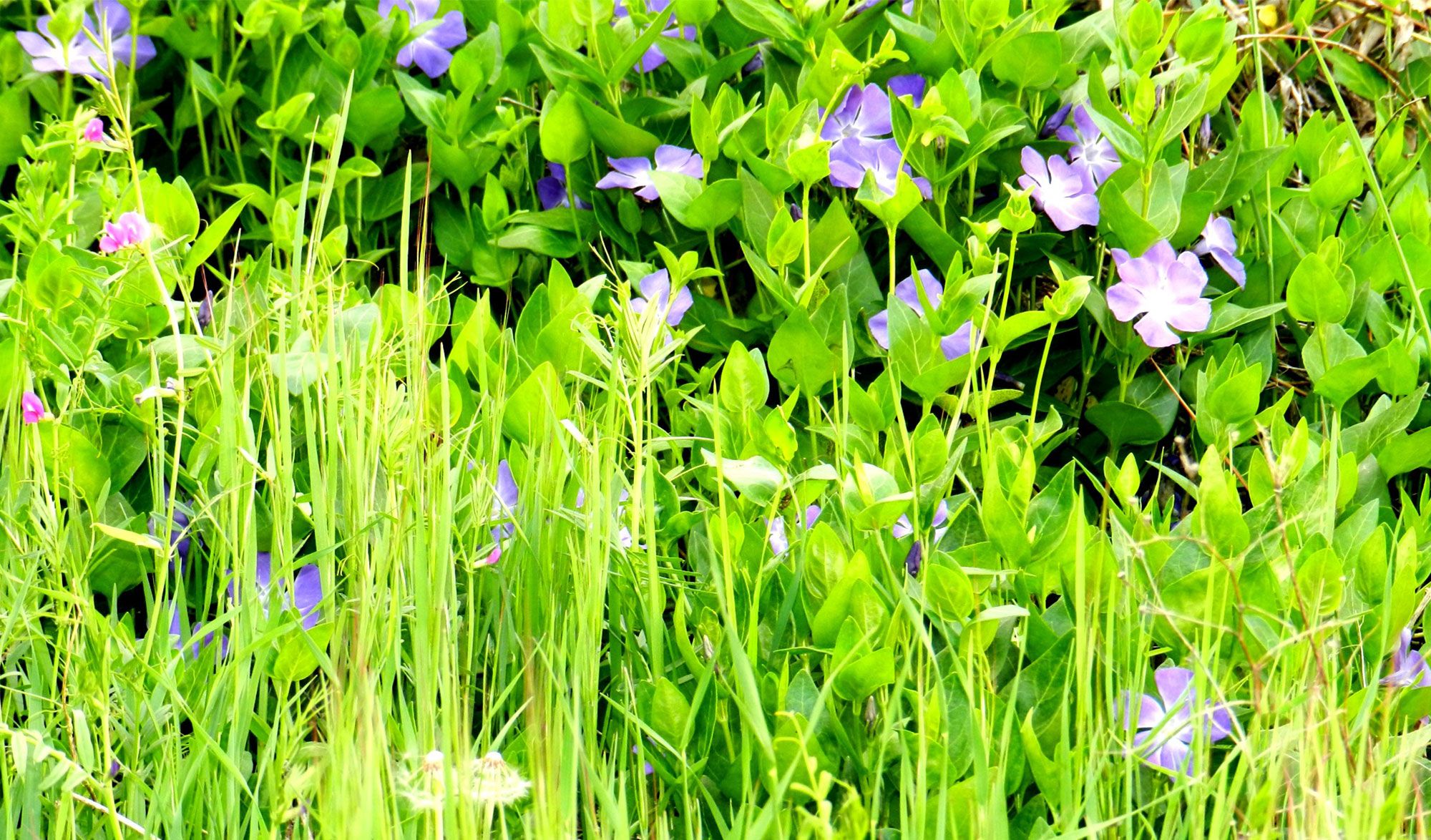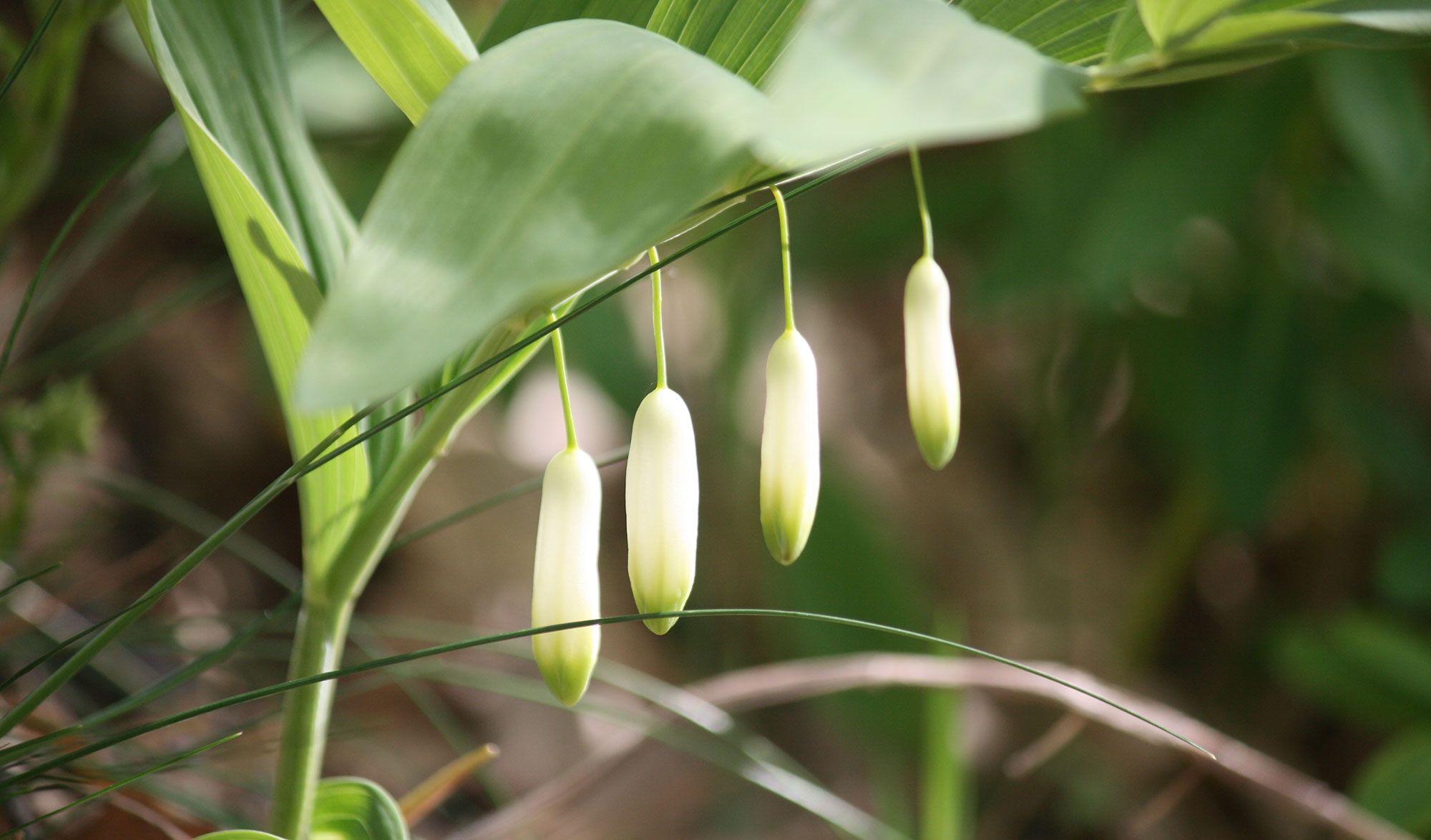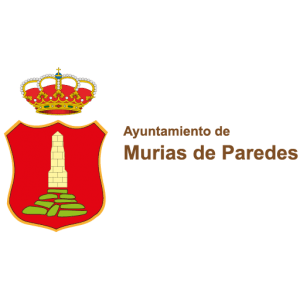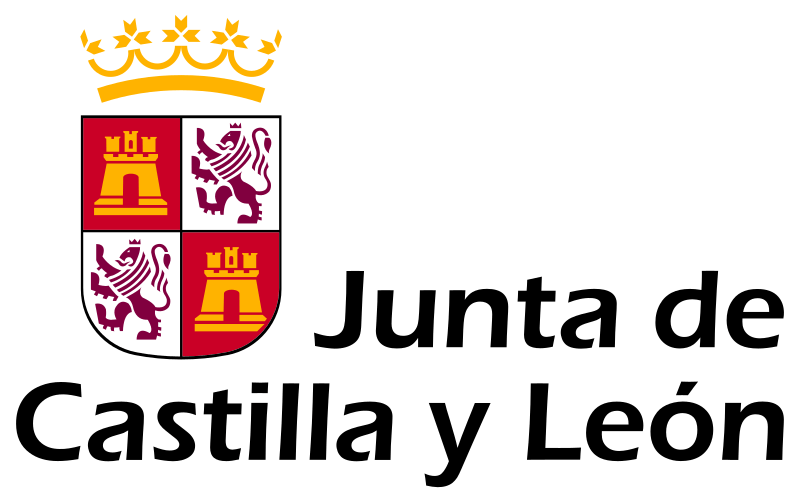From 2005, Murias de Paredes is part of the biosphere Reserve of the valleys of Omaña and Luna, next to the municipalities of Sena and Barrios de Luna, Soto and Amío, Rielo and Valdesamario. UNESCO recognized the 86 population nuclei that form its botanical, zooológica and geological richness and the harmonious relationship between the population and the natural environment in centuries of human occupation.
You can see this recognition walked among its magnificent birch and oak woods, where, if you look well, you could still surprise the Cantabrian grouse or brown bear.
In its forests of oaks, Rebollos, Ashes, Poplars, alders or hollys you will be able to refresh a warm summer afternoon. But, beware!, do not step on gentian, highly valued medicinal plant, or blueberries; And be attentive to the visit of some of its inhabitants: wild boars, roe deer, chamois and even the legendary wolf.
